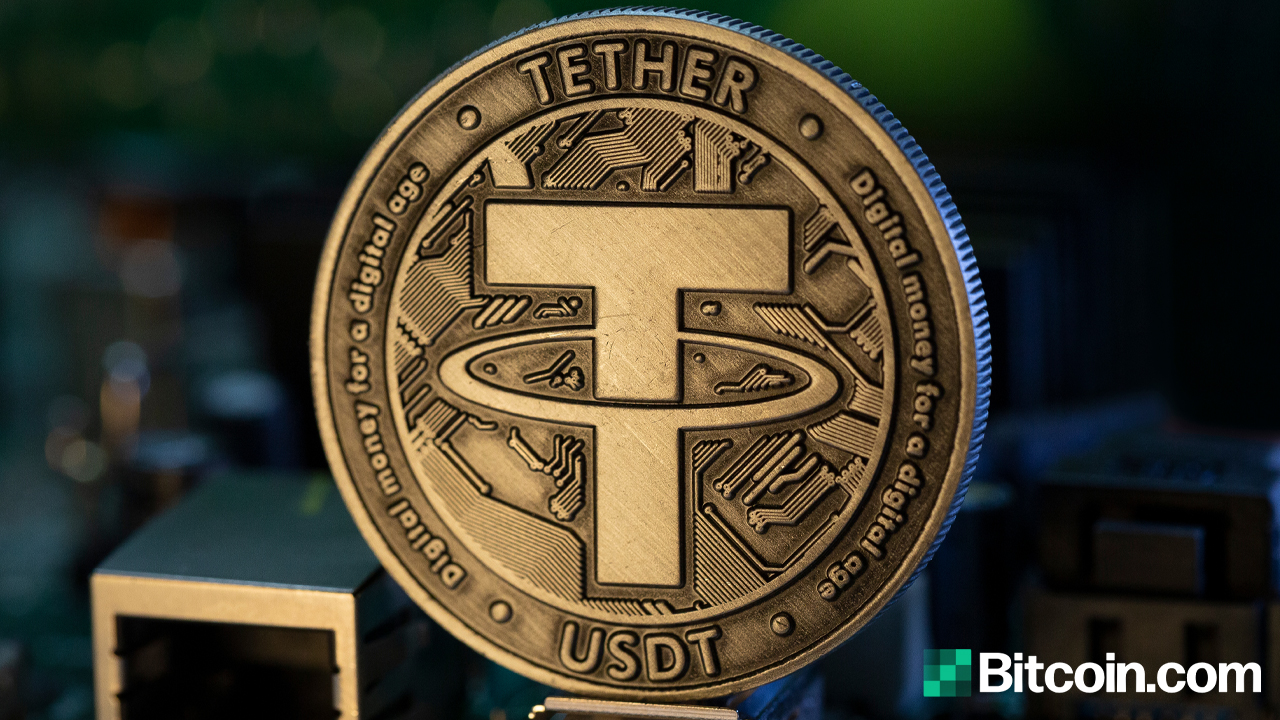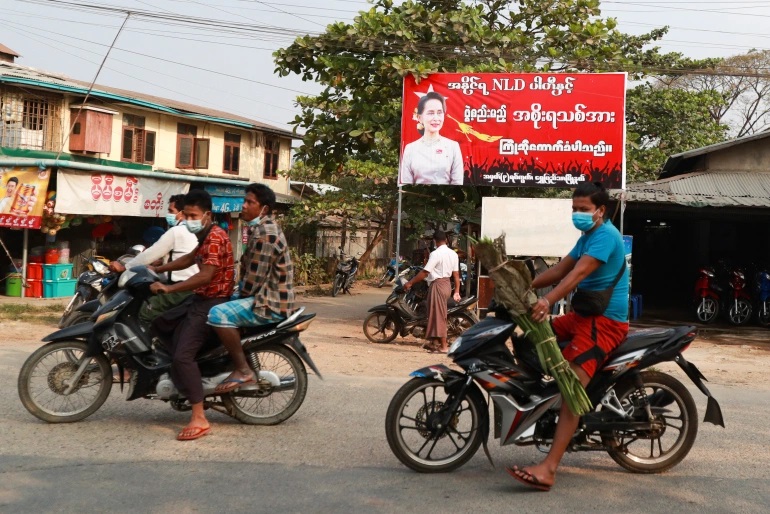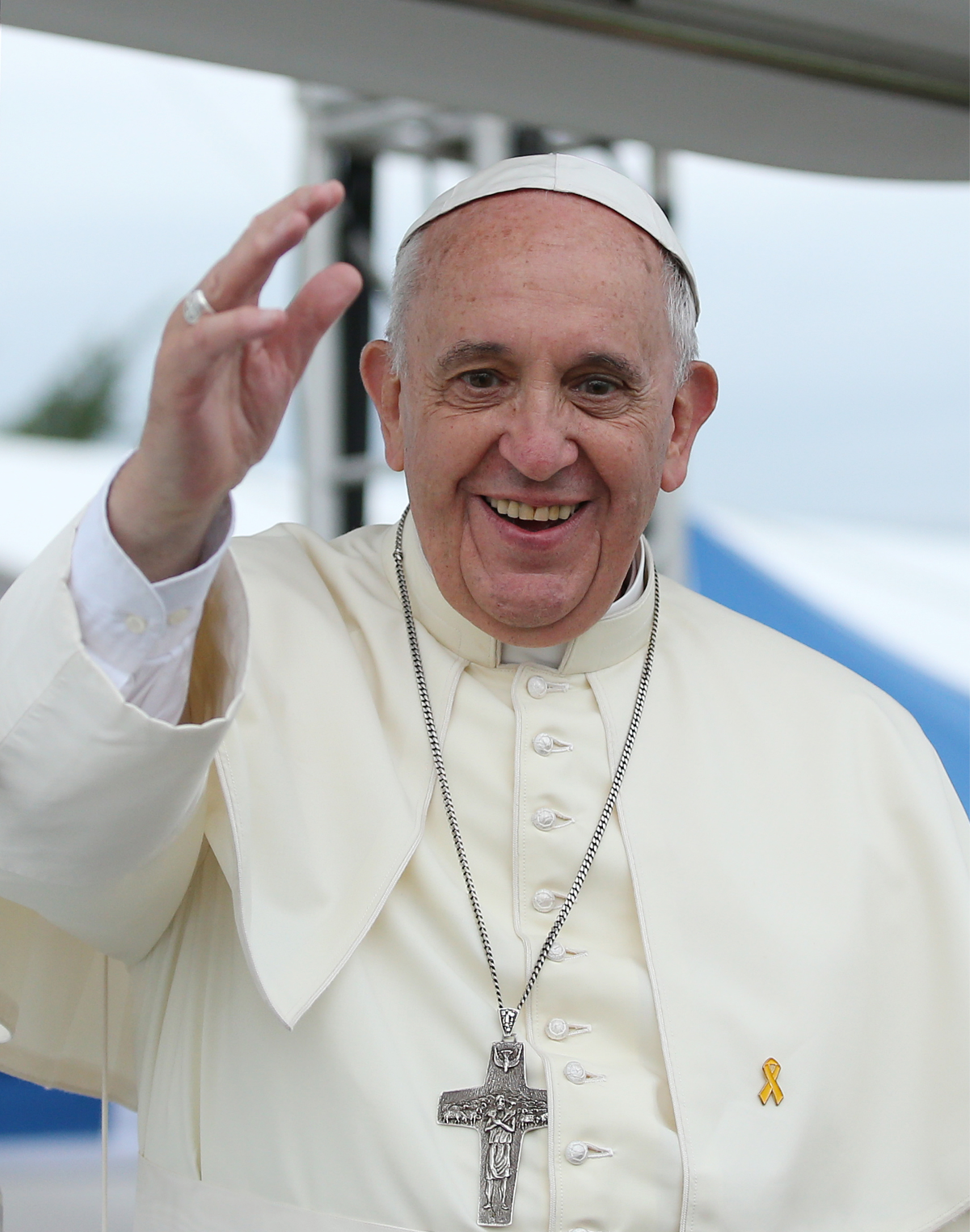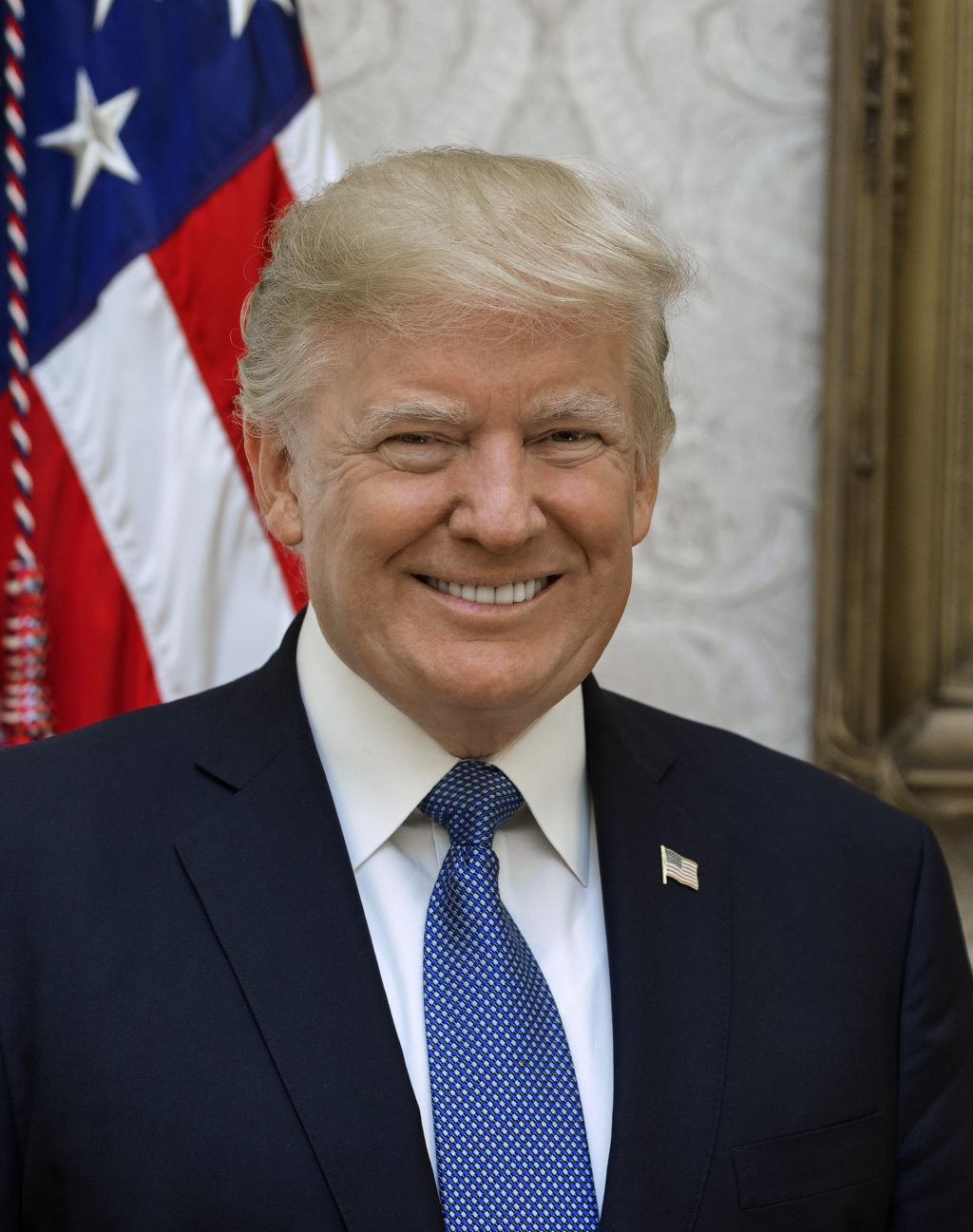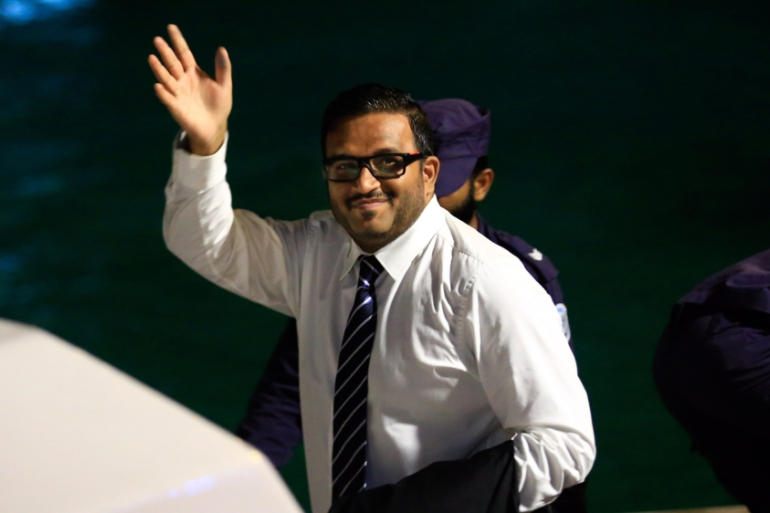
Aseem Trivedi
11 September 2012. A holiday court in Mumbai on Sunday remanded anti-corruption cartoonist and free speech campaigner Aseem Trivedi to policy custody till 16 September 2012. He is alleged to have made cartoons that insulted India’s flag, Parliament and the National Emblem. The cartoons were displayed at the Jan Lokpal agitation in Mumbai in December 2011. These cartoons are still available here. Trivedi is a political cartoonist. He, along with Syrian cartoonist Ali Ferzat, was awarded the 2012 ‘Courage in Editorial Cartooning Award’ by the Cartoonists Rights Network International. Mr Trivedi was to go to Washington DC to accept this award but was denied a visa. A scheduled trip to Vienna to attend the International Art Marathon will also not be possible as the police have indicated he will not be allowed to travel. In one of his cartoons the customary three lions in India’s national emblem are replaced with three wolves, their teeth dripping blood, with the message “Long live corruption” written underneath. Another cartoon depicts the Indian parliament as a giant toilet bowl. The eight controversial cartoons posted by Trivedi in his web portal include Gang Rape of Mother India, Commode Parliament, School for Corrupts, Kasab and Indian Constitution, National Emblem, National Food, National Drink and National Animal. Trivedi for the present has refused to hire a lawyer and does not intend to apply for bail. “I want to first see how a British-era law like sedition is going to be applied against a cartoonist in free India,” he said. Several First Information Reports (FIR) and court cases have been filed against Trivedi in Maharashtra but the main complaint came from Amit Katarnawre, 27, a third-year student of Legal sciences and law at a Navi Mumbai college. Katarnawre said he was offended by the cartoons as they, in his view, intentionally desecrated India’s national symbols. He was particularly disturbed by the cartoon that shows Kasab as a dog peeing on the Constitution. (Mohammed Ajmal Amir Kasab was a Pakistani terrorist who killed 166 people in Mumbai on 26 November 2008 along with nine other terrorists.) “As a Buddhist my religious sentiments were hurt by the cartoon that uses the Ashokan lion pillar, as Emperor Ashoka was a Buddhist,” he added. Apart from sedition, Katarnawre has also charged Trivedi with Section 66A of the Information Technology (Amendment) Act, 2008, which provides for punishment to persons for “sending messages” online that are “grossly offensive” or have a “menacing character”. A third law used against Trivedi is the Prevention of Insults to National Honour Act,1971, which provides for punishment up to three years in jail and a fine for insulting or defacing the Indian flag and the Indian Constitution. Trivedi, 25, says he is within his rights as an artist to use national symbols to show how they are being insulted by politicians. He was a freelance cartoonist working with local dailies in Kanpur before he got involved with the Anna Hazare movement. He also started a campaign against internet censorship. Trivedi has the robust support of Justice Markandey Katju, a former Supreme Court judge and chairman of the Press Council of India, who says that he intends to make this a test case by initiating criminal prosecution against both the police officers who arrested Trivedi, and the prickly politicians who are too quick to brand any criticism of their corruption as “anti-national”. “I will personally see to it that these politicians and police officers are booked,” Katju told CNN-IBN on Monday. “In a democracy, politicians must learn how to accept criticism and behave.” But politicians, he added, had “become intolerant and must be put in their place.” Section 124A of the Indian Penal Code (IPC) was part of Macaulay’s Draft Penal Code of 1837, but was left out when the IPC was finally enacted in 1860 by the British. But, within 10 years, it was brought back since the British rulers of colonial India felt the need for a law to deal with dissent. Two of the prominent men charged under this section by the British were Mahatma Gandhi, who had once termed the law as a “prince among the political sections of the IPC designed to suppress the liberty of the citizen”, and Bal Gangadhar Tilak. The system that sends Trivedi to police custody puts him on the heels of Gandhi and Tilak. In fact, Katju went so far as to say that Paschim Banga Chief Minister Mamata Banerjee, who had had a Jadavpur University professor, Ambikesh Mahapatra, jailed for forwarding a cartoon that was mildly critical of her, “should be locked up for behaving like a dictator and a tyrant.” See our articles here and here. Katju’s feisty criticism lends weight to the growing perception that the politicians and their puppets are abusing archaic provisions in the law to crack down on even the mildest form of dissent – and brand their critics as “anti-national”. The Aseem Trivedi case is a good example to show how far the regressive laws have been abused and the reluctance of the political class to repeal what is widely perceived as a regressive law. The campaign for a repeal of Section 124A of the Indian Penal Code has been on for a while. Aseem Trivedi case and public-spirited solidarity of men like Katju provide a marvellous opportunity to make the corrupt leaders accountable and to bring down the archaic laws that protect them. After Maharashtra Home Minister RR Patil said yesterday that police had no grounds to continue holing cartoonist Aseem Trivedi, the Mumbai police said they were ready to surrender his custody. Arvind Kejriwal and other members of the India Against Corruption movement met Trivedi today in Mumbai jail. Kejriwal warned that if charges of sedition are not dropped against Mr Trivedi, activists will begin a demonstration outside the Arthur Road jail starting Saturday. Minister for Information and Broadcasting Ambika Soni said, “We are not against democratic rights, we are all for free speech… people have made cartoons of Nehru, Indira earlier. But there is a thin line you draw between free speech and what can be termed as offensive especially against national symbols.”





